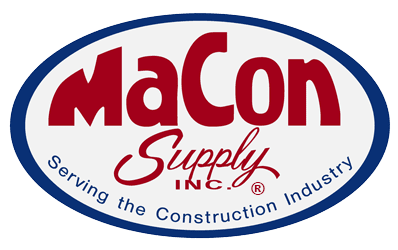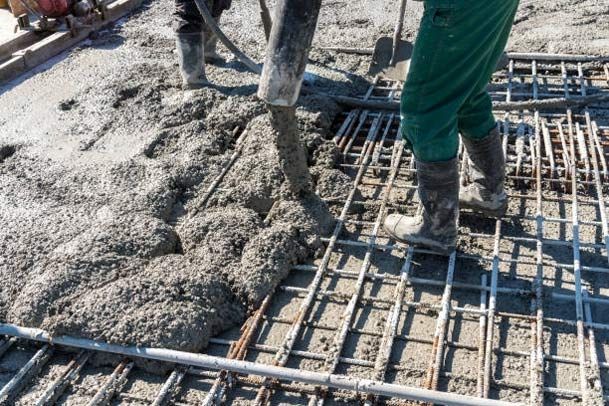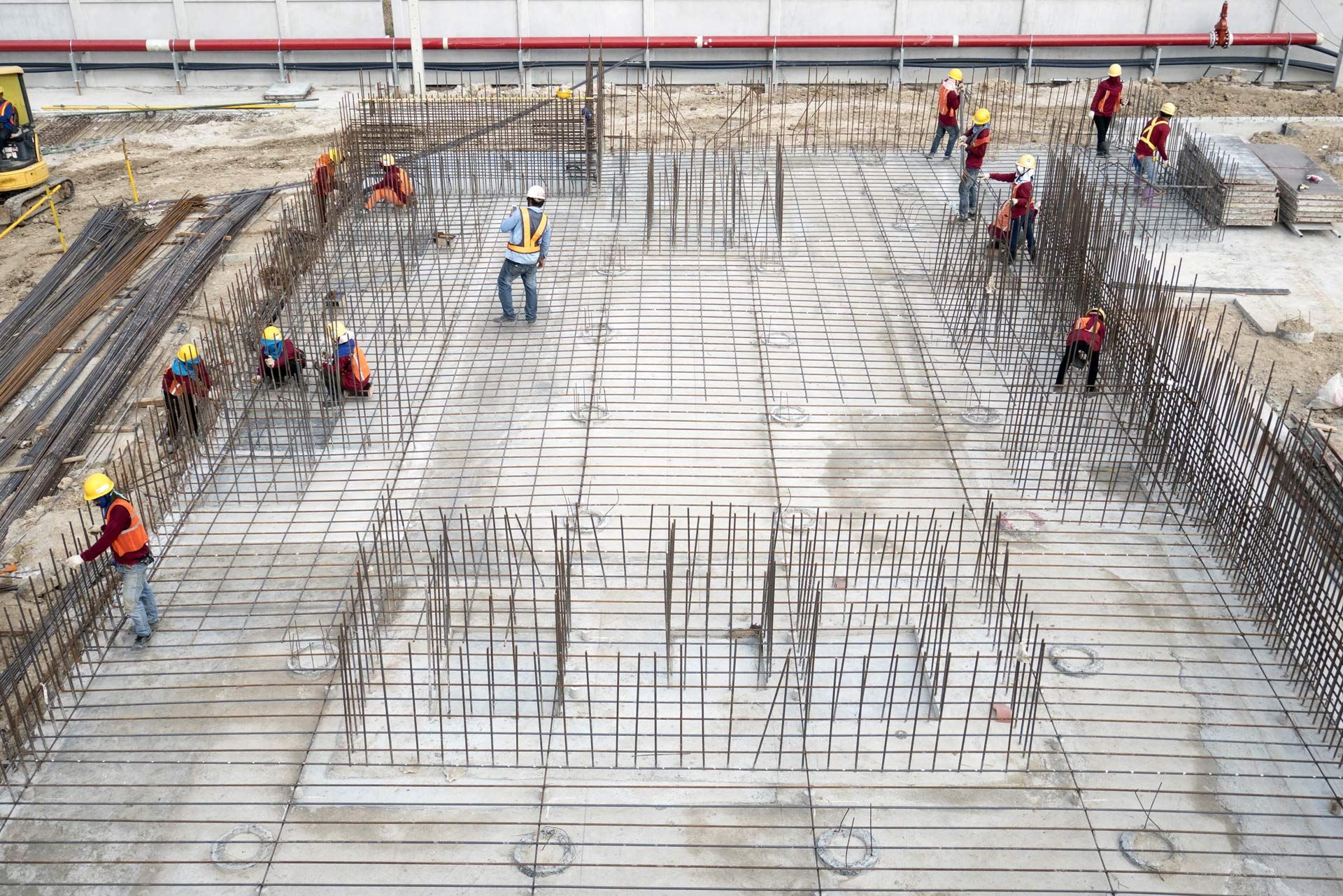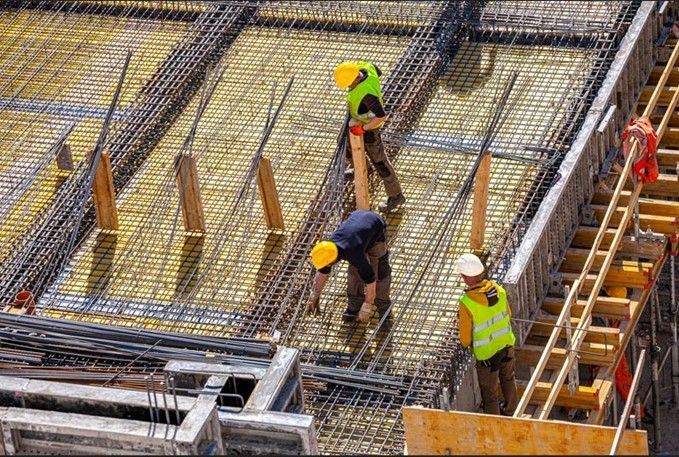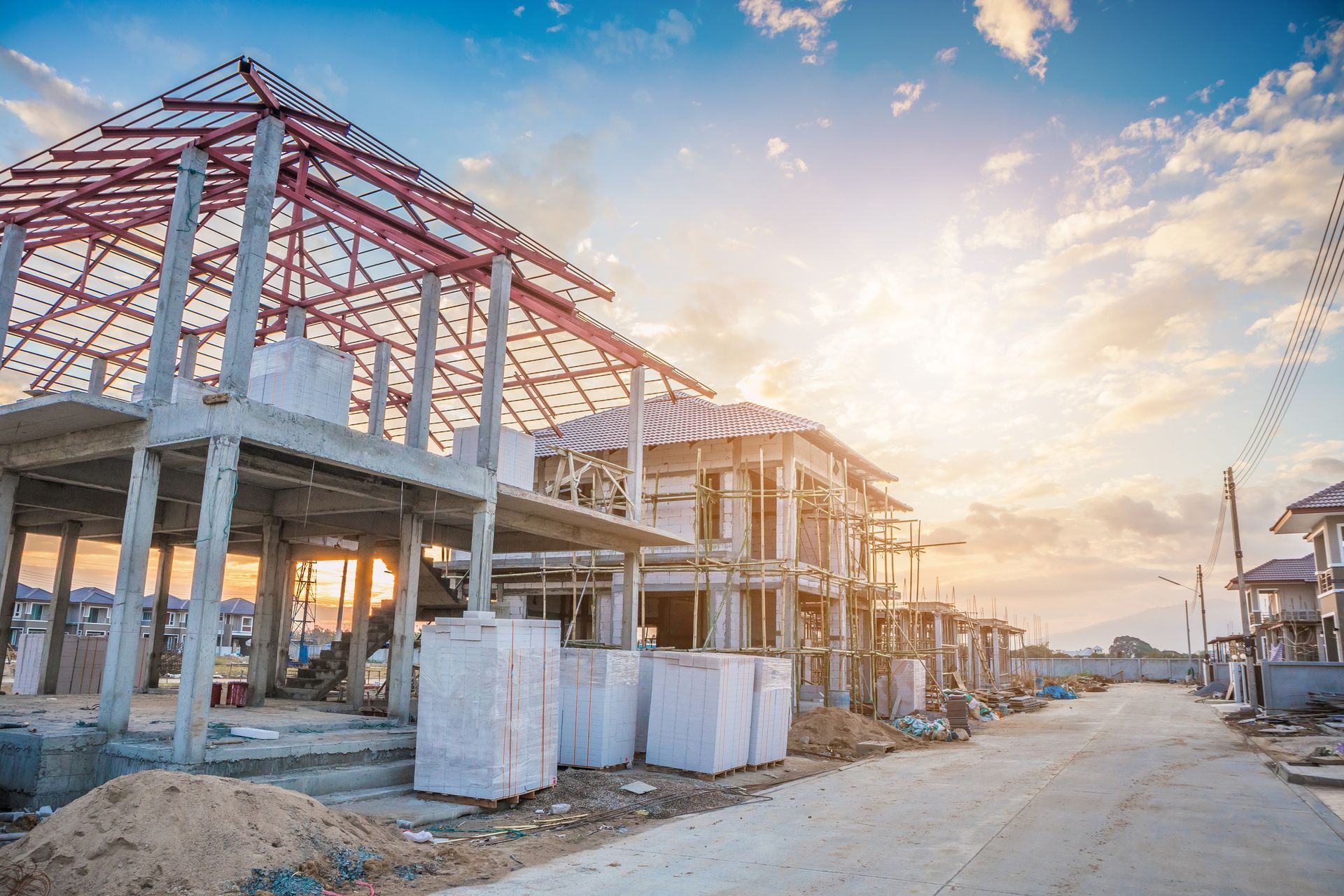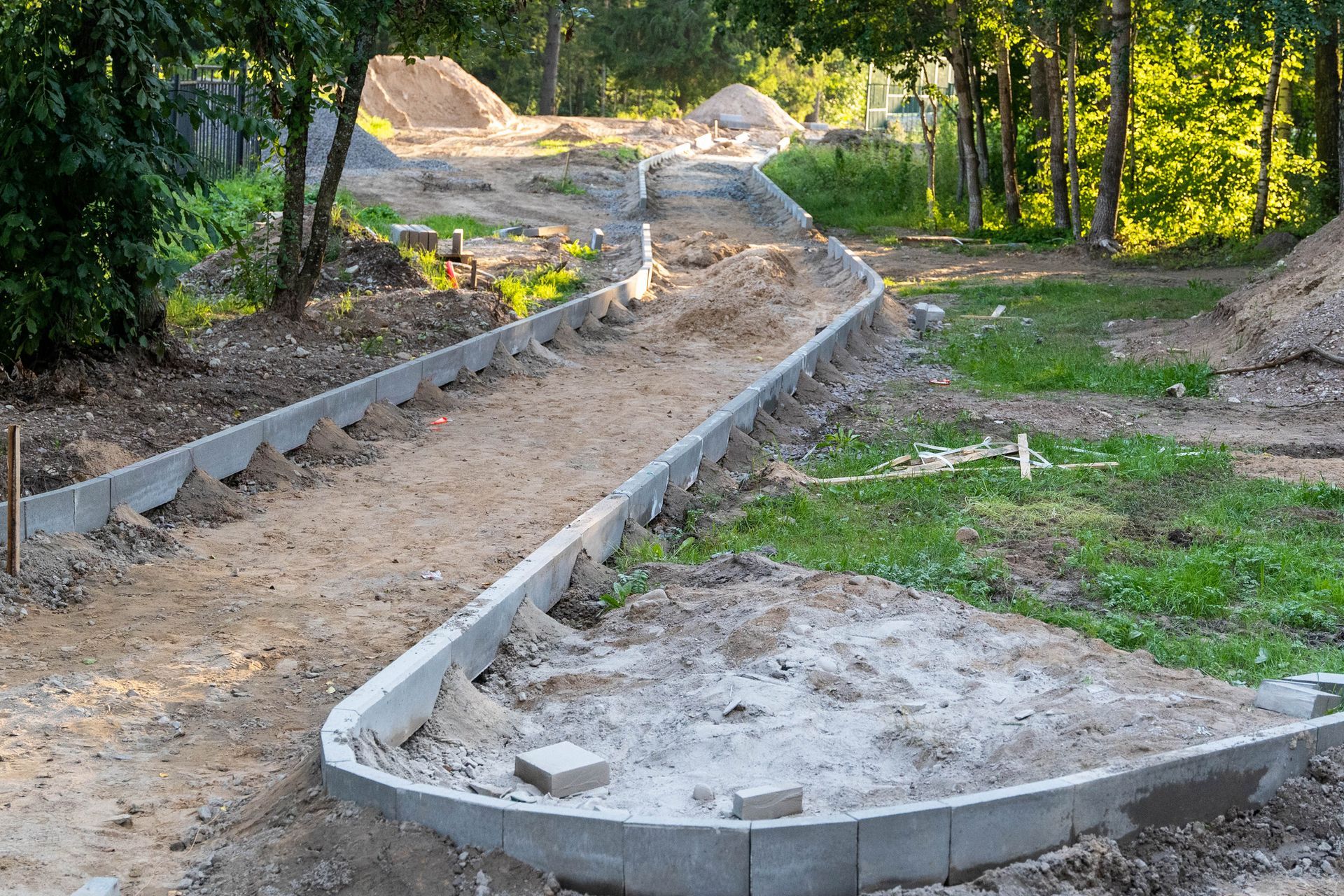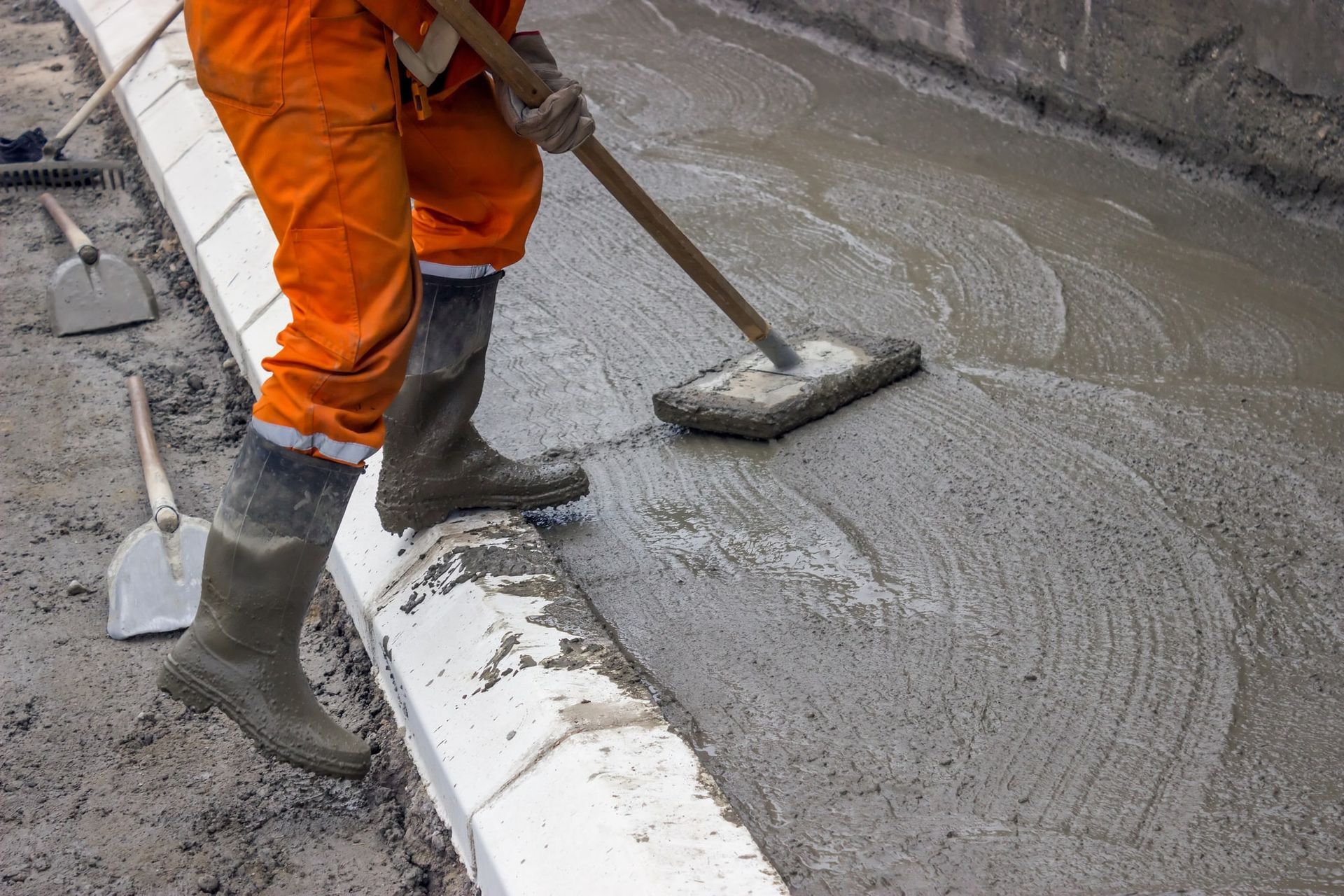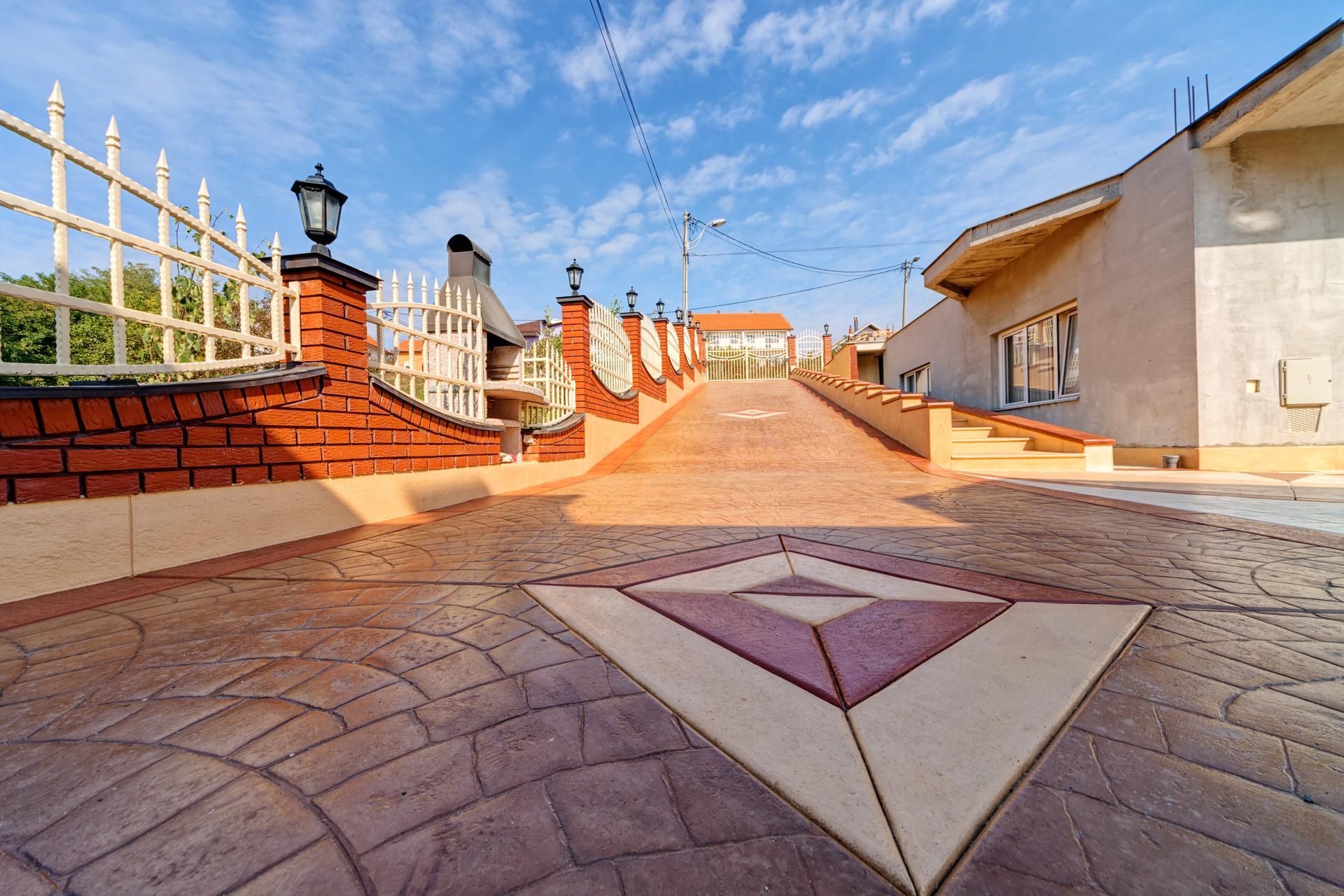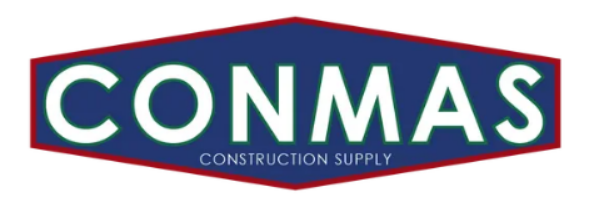Frequently Asked Questions About Concrete Forming
Concrete is a hardy, long-lasting, cost-effective material which makes up a larger portion of modern homes than many Americans realize. Starting as an extremely pliable slush, it can be molded and shaped into an almost limitless number of designs and uses.
But how does a pile of concrete become your driveway, foundation, or even kitchen countertops? Here's a brief guide to the fascinating process of forming and setting concrete.
How Is Concrete Formed?
The work of shaping concrete begins long before the concrete arrives. First, the ground is prepared so as to be a perfectly flat work surface which is solid enough to support the heavy concrete without shifting. Then, the crew will create a series of (usually) temporary forms into which the concrete will be poured like a milkshake and allowed to harden.
Once the concrete has sufficiently hardened—which may take as little as a couple of days—the forms are stripped away. The concrete can now stand on its own and will continue to cure over time.
What Are Forms Made From?
Most residential flatwork (such as driveways) and foundations use wood forms—which are simply long, flat pieces of wood tall enough to keep the concrete inside. The wood is fastened together to create the outside shape desired. Wood is simple to work with and provides plenty of strength for this ordinary work. Flatwork distributes the weight of the concrete over a wide area, so there is less pressure on the wood.
Depending on the weight and shape of the work being done, metal forms may also be used. An increasing number of other materials are in use in specialty situations—including plastic, fiberglass, resin, and acrylic. However, it's hard to beat the utility of wood and metal for its ease, cost, and recyclability.
How Are Different Shapes Achieved?
To get the desired shape, the boards (called formwork) are often first attached to stakes driven into the ground to keep them vertical. Further staking, clamps, and ties hold corners together. These are known as formwork bearers. The crew will use as many of these structural supports as are necessary to keep the formwork close to the ground, solidly vertical, and tight enough to prevent leaking.
Want a rounded edge or a freeform shape? Lighter pieces of formwork are more flexible and can be laid out to achieve the desired shapes. More formwork bearers hold that shape in place too.
What about tall shapes, such as columns, poles, or supports? Specialty molds allow you to pour the concrete directly into the mold, which is then removed once the concrete hardens. A light pole base, for instance, might be created with a cylindrical mold that has been custom-shaped for that particular project.
What About Other Concrete Uses?
Its durability and cost-effectiveness have made concrete increasingly popular in some unexpected places. Your kitchen countertops, for instance, are formed by creating a reverse mold into which the concrete is poured. The desired designs and textures are on the inside of the mold, so they are visible when the slab is removed.
More and more building owners are also using concrete as a highly-effective wall material. Insulated concrete forms (ICF) have a hollow interior and form the receptacle into which the concrete is poured to make a wall. Once filled with concrete, the ICF remains in place—conveniently serving as attractive interior and exterior walls.
Where Can You Learn More?
Concrete forms have the benefit of being tested over time and still being economical and simple to work with. Want to know more about them? Start by talking with the team at MaCon Supply. We will help you turn your concrete plans into concrete realities, large or small. Call or visit today.
